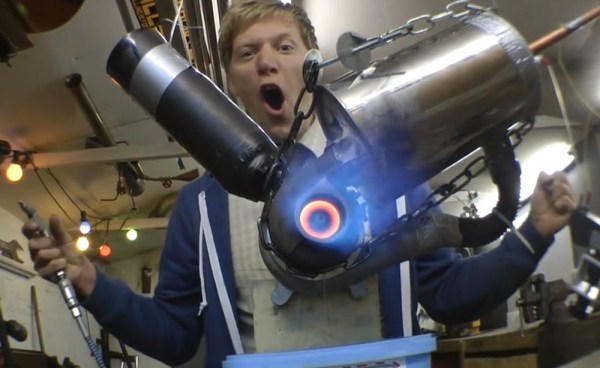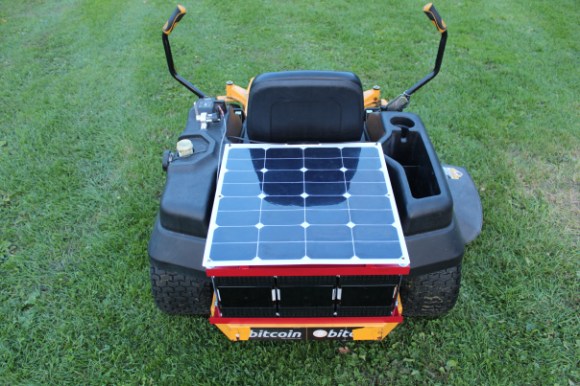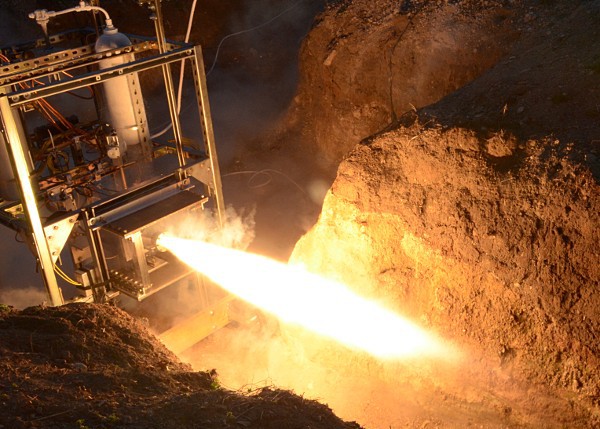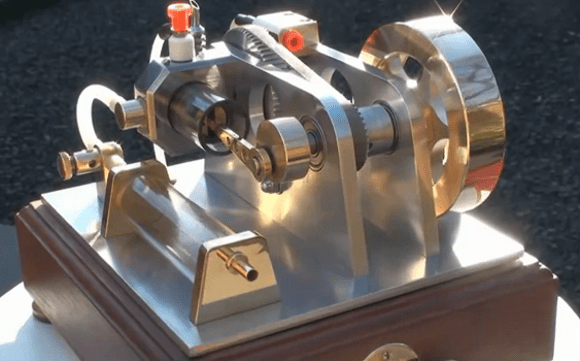A few months ago we mentioned [Keith]’s first project in the works, a 1/4 scale V8 engine. Today, we are amazed to see that his engine is finished and running really smoothly. What is even more impressive is that the entire project has been completed on manual mills and lathes. The thread on the Home Model Engine Machinist forum contains his build log in which he details how all the different parts were made. The engine has an electric starter, uses a fuel injection system and [Keith] even made his own injection molds for several plastic parts. The ECU is based on the Megasquirt-II, we guess it must have taken [Keith] many tries before correctly setting its parameters. A video of the engine in action can be viewed after the break.
You can find our previous coverage of this project as well as other miniature engines on this feature from last April.
Continue reading “An Homemade 48cc V8 Engine With Injection”

















